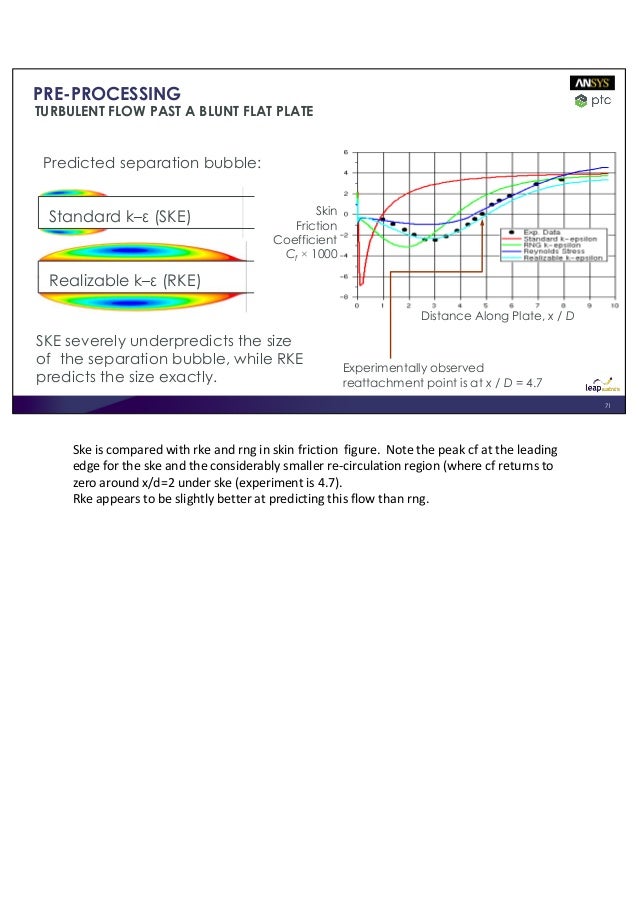A system and method for reducing skin friction of an object in relative motion to a fluid. A skin forming a boundary between the object and the fluid, the skin having holes through which micro-blowing of air is blown and a transmitting mechanism for transmitting air through the skin. The skin has an inner layer and an outer layer, the inner layer being a low permeable porous sheet, the outer.

Skin friction drag is a component of profile drag, which is resistant force exerted on an object moving in a fluid. Skin friction drag is caused by the viscosity of fluids and is developed from laminar drag to turbulent drag as a fluid moves on the surface of an object. Skin friction drag is generally expressed in terms of the Reynolds number, which is the ratio between inertial force and viscous force.

- 2Skin friction coefficient
- 2.2Laminar flow
- 2.3Transitional flow
- 2.4Turbulent flow
Flow and effect on skin friction drag[edit]
Laminar flow over a body occurs when layers of the fluid move smoothly past each other in parallel lines. In nature, this kind of flow is rare. As the fluid flows over an object, it applies frictional forces to the surface of the object which works to impede forward movement of the object; the result is called skin friction drag. Skin friction drag is often the major component of parasitic drag on objects in a flow.
The flow over a body may begin as laminar. As a fluid flows over a surface shear stresses within the fluid slow additional fluid particles causing the boundary layer to grow in thickness. At some point along the flow direction, the flow becomes unstable and becomes turbulent. Turbulent flow has a fluctuating and irregular pattern of flow which is made obvious by the formation of vortices. While the turbulent layer grows, the laminar layer thickness decreases. This results in a thinner laminar boundary layer which, relative to laminar flow, depreciates the magnitude of friction force as fluid flows over the object.
Skin friction coefficient[edit]
Definition[edit]
where:
- is a skin friction coefficient.
- is the density of a fluid.
- is the free stream speed, which is the fluid speed far from the body's surface.
- is a skin shear stress on a surface.
- is the dynamic pressure of a free stream.
The skin friction coefficient is a dimensionless skin shear stress which is nondimensionalized by the dynamic pressure of a free stream.
Laminar flow[edit]
Blasius solution[edit]
where:
- , which is the Reynolds number.
- is the distance from the reference point at which a boundary layer starts to form.
The above relation derived from Blasius boundary layer, which assumes constant pressure throughout the boundary layer and a thin boundary layer.[1] The above relation shows that the skin friction coefficient decreases as the Reynolds number () increases.
Transitional flow[edit]
The Computational Preston Tube Method (CPM)[edit]
CPM, suggested by Nitsche,[2] estimates the skin shear stress of transitional boundary layers by fitting the equation below to a velocity profile of a transitional boundary layer. (Karman constant), and (skin shear stress) are determined numerically during the fitting process.
where:
- is a distance from the wall.
- is a speed of a flow at a given .
- is the Karman constant, which is lower than 0.41, the value for turbulent boundary layers, in transitional boundary layers.
- is the Van Driest constant, which is set to 26 in both transitional and turbulent boundary layers.
- is a pressure parameter, which is equal to when is a pressure and is the coordinate along a surface where a boundary layer forms.
Turbulent flow[edit]
Prandtl's one-seventh-power law[edit]
The above equation, which is derived from Prandtl's one-seventh-power law,[3] provided a reasonable approximation of the drag coefficient of low-Reynolds-number turbulent boundary layers.[4] Compared to laminar flows, the skin friction coefficient of turbulent flows lowers more slowly as the Reynolds number increases.
Skin friction drag[edit]
A total skin friction drag force can be calculated by integrating skin shear stress on the surface of a body.
Relationship between skin friction and heat transfer[edit]
In the point of view of engineering, calculating skin friction is useful in estimating not only total frictional drag exerted on an object but also convectional heat transfer rate on its surface.[5] This relationship is well developed in the concept of Reynolds analogy, which links two dimensionless parameters: skin friction coefficient (Cf), which is a dimensionless frictional stress, and Nusselt number (Nu), which indicates the magnitude of convectional heat transfer. Turbine blades, for example, require the analysis of heat transfer in their design process since they are imposed in high temperature gas, which can damage them with the heat. Here, engineers calculate skin friction on the surface of turbine blades to predict heat transfer occurred through the surface.
See also[edit]
References[edit]
- ^White, Frank (2011). Fluid Mechanics. New York City, NY: McGraw-Hill. pp. 477–478. ISBN9780071311212.
- ^Nitsche, W.; Thünker, R.; Haberland, C. (1985). A computational Preston tube method. Turbulent shear flows, 4. pp. 261–276.
- ^Prandtl, L. (1925). 'Bericht uber Untersuchungen zur ausgebildeten Turbulenz'. Zeitschrift fur angew. Math. u. Mechanik 5.2: 136–139.Cite journal requires
|journal=(help) - ^White, Frank (2011). Fluid Mechanics. New York City, NY: McGraw-Hill. pp. 484–485. ISBN9780071311212.
- ^Incropera, Frank; Bergman, Theodore; Lavine, Adrienne (2013). Foundations of Heat Transfer. Hoboken, NJ: Wiley. pp. 402–404. ISBN9780470646168.
Fundamentals of Flight by Richard Shepard Shevell
Comments are closed.